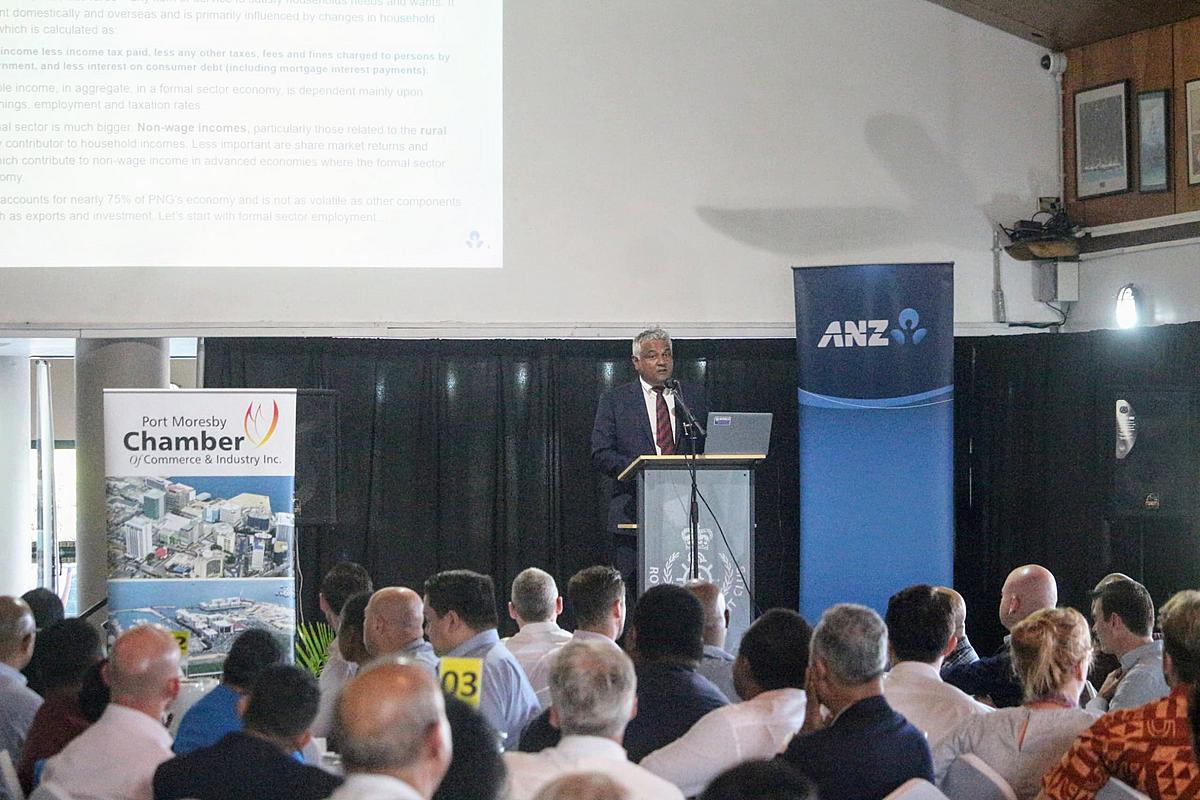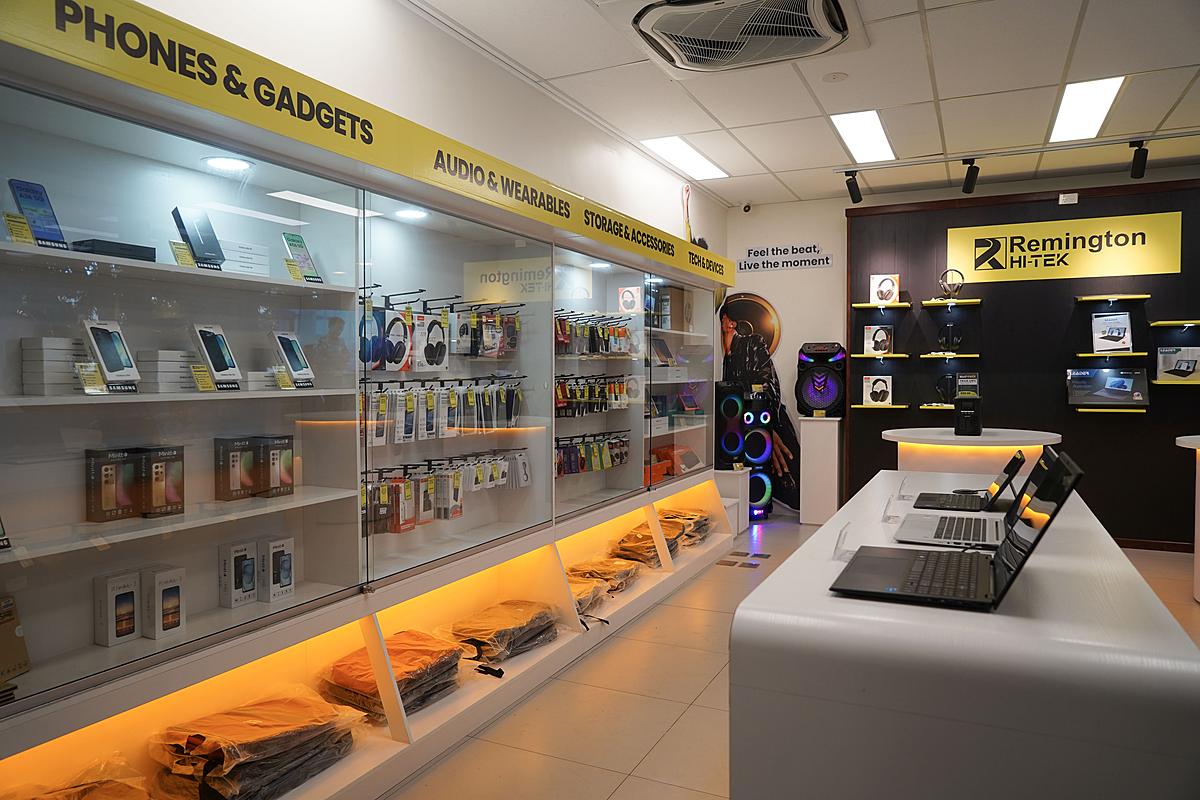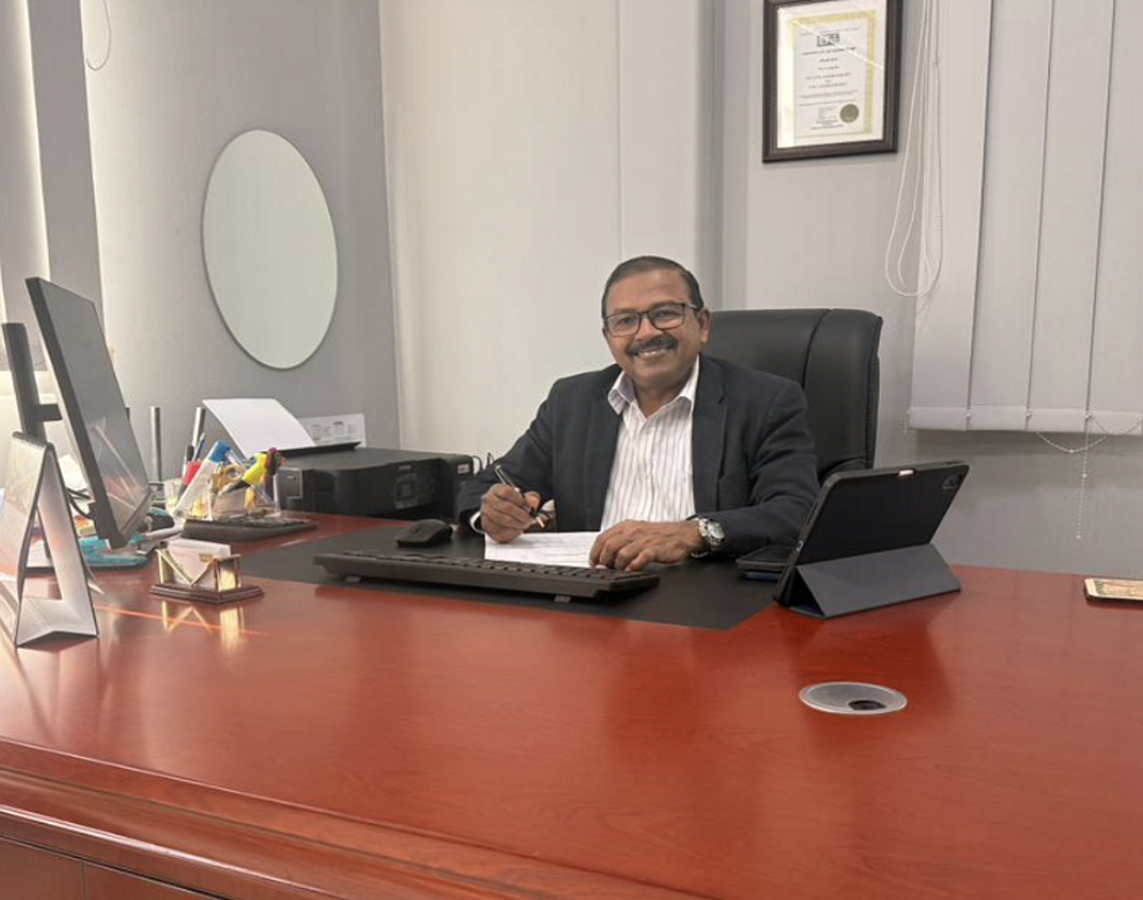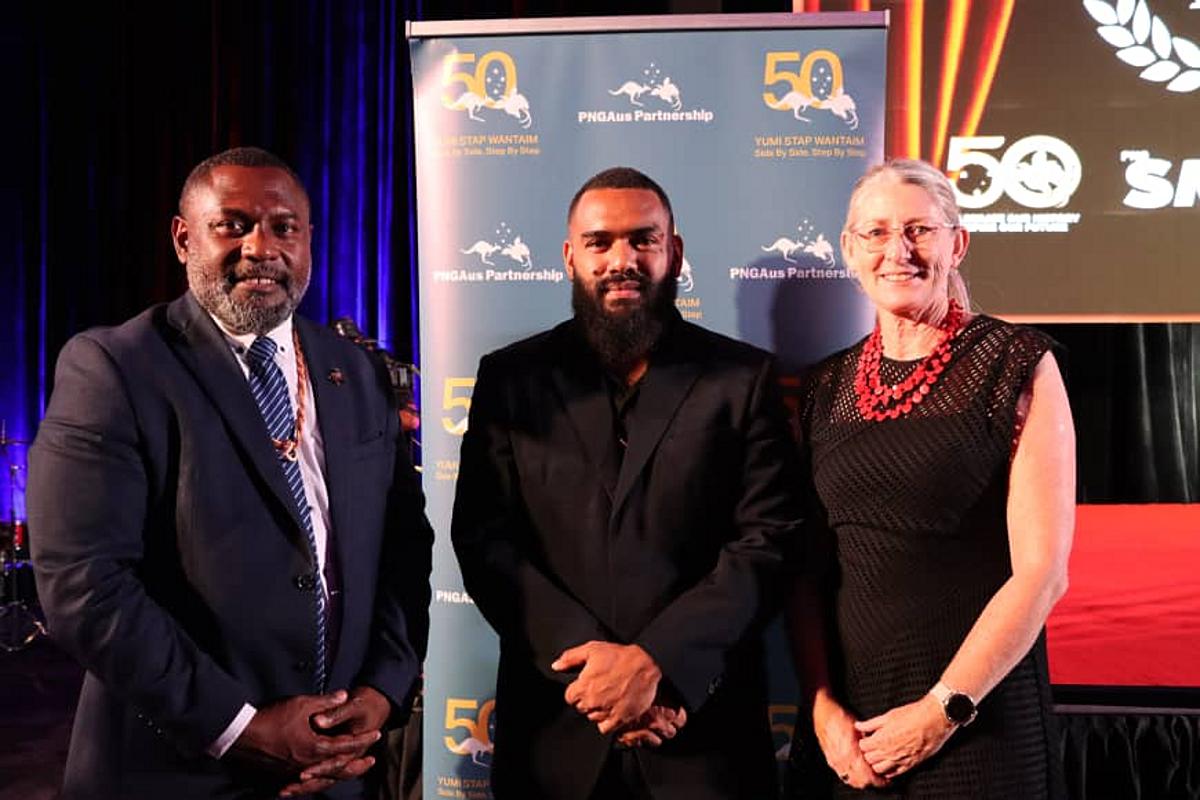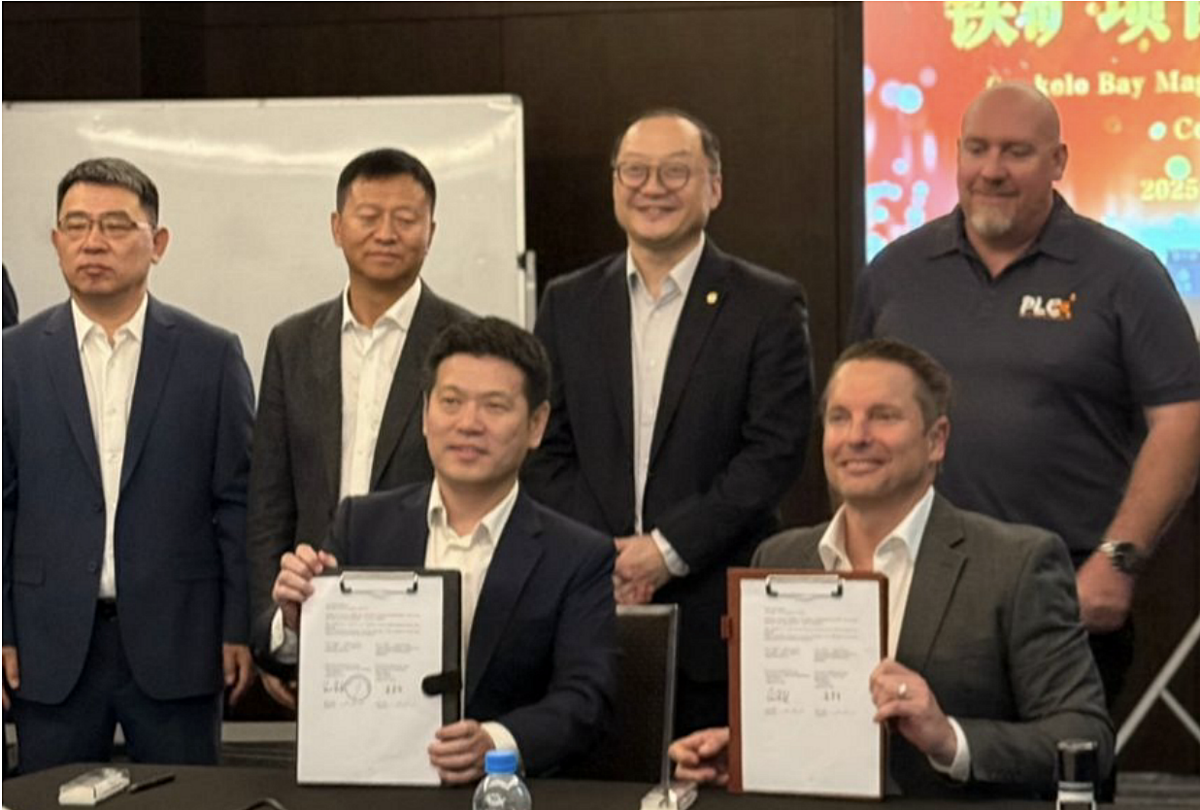Papua New Guinea (PNG) is on a steady path toward economic growth, driven largely by informal sector consumer spending, record-high commodity prices, and a resurgence in foreign direct investment, according to Dr Kishti Sen, ANZ international Economist for Papua New Guinea and the Pacific.
Sen presented the economic update was during the Port Moresby Chamber of Commerce and Industry (POMCCI) – ANZ Economic Breakfast on 20 May at the Papua Yacht Club in Port Moresby.
The event was a reality check on trade and what it meant for PNG, as global trade tensions rise amid renewed tariff threats by the United States.
But Sen’s message was shared clearly: PNG does not need to shift course but should continue deepening ties with Asian Markets.
The discussion focused on how PNG can stay engaged, boost trade, and attract capital flows, reinforcing the country’s role in regional growth.
Sen’s presentation outlined the unique structure of PNG’s economy, where 85 to 90 percent of the population operates in the informal sector, primarily in rural areas.
This demographic, largely excluded from formal financial systems, has been the backbone of national consumer spending, shielded from traditional interest rate levers used in advanced economies.
“Reducing interest rates does not affect people without debt or bank accounts,” Dr Sen said. “In PNG, the challenge is how to get cash into rural households. This is where the commodity boom makes a difference.”
Commodity Boom Spurs Rural Incomes
Strong global prices for cocoa and coffee have had a significant impact on rural incomes, Sen noted. Provinces such as Chimbu, known for high-quality beans, have seen substantial economic benefits.
Meanwhile, exporters in cocoa-rich areas like East New Britain and Bougainville have been paying farmers up to K2,200 per kilogram in recent months, a dramatic increase that is injecting millions into rural economies.
While the informal sector thrives, the formal sector has remained stagnant, especially since the completion of the PNG LNG project.
Sectors such as manufacturing, logistics, and agriculture are showing moderate employment gains, but construction, a major job driver, has yet to rebound.
Nevertheless, the investment outlook is promising, Sen noted, as PNG has seen consistent levels of foreign direct investment, including commitments to large-scale resource and infrastructure projects.
Final investment decisions on major projects in the country are expected this year, which could spur annual GDP growth to as high as 10% by the late 2030s, he added.
Trade Strategy
PNG is also realigning its trade strategy toward Asia, Sen noted. Exports to China and other Asian economies now make up a sizeable portion of PNG’s trade, reducing reliance on traditional partners like Australia and the US.
Sen emphasized optimism despite ongoing challenges including a narrow tax base, inflation fuelled by currency depreciation, and the limits of monetary policy.
He said: “PNG has endured a tough decade. But with rural demand, high commodity prices, and strategic investments, the foundation for a sustained growth trajectory is in place.”
Inflation remains a concern, largely driven by the kina’s depreciation against the Australian dollar. Despite Central Bank efforts to manage liquidity through interest rates and reserve requirements, Sen noted these tools have limited impact in a largely cash-based informal economy.
According to the update, PNG’s economic story is one of resilience and adaptation with GDP projected to grow by 4.7% this year and potential to hit double digits in the coming decade.
He said: “The growth will come not just from big projects, but from the smallholders in the highlands, from the women selling coffee, from the rural families investing in their futures.”

